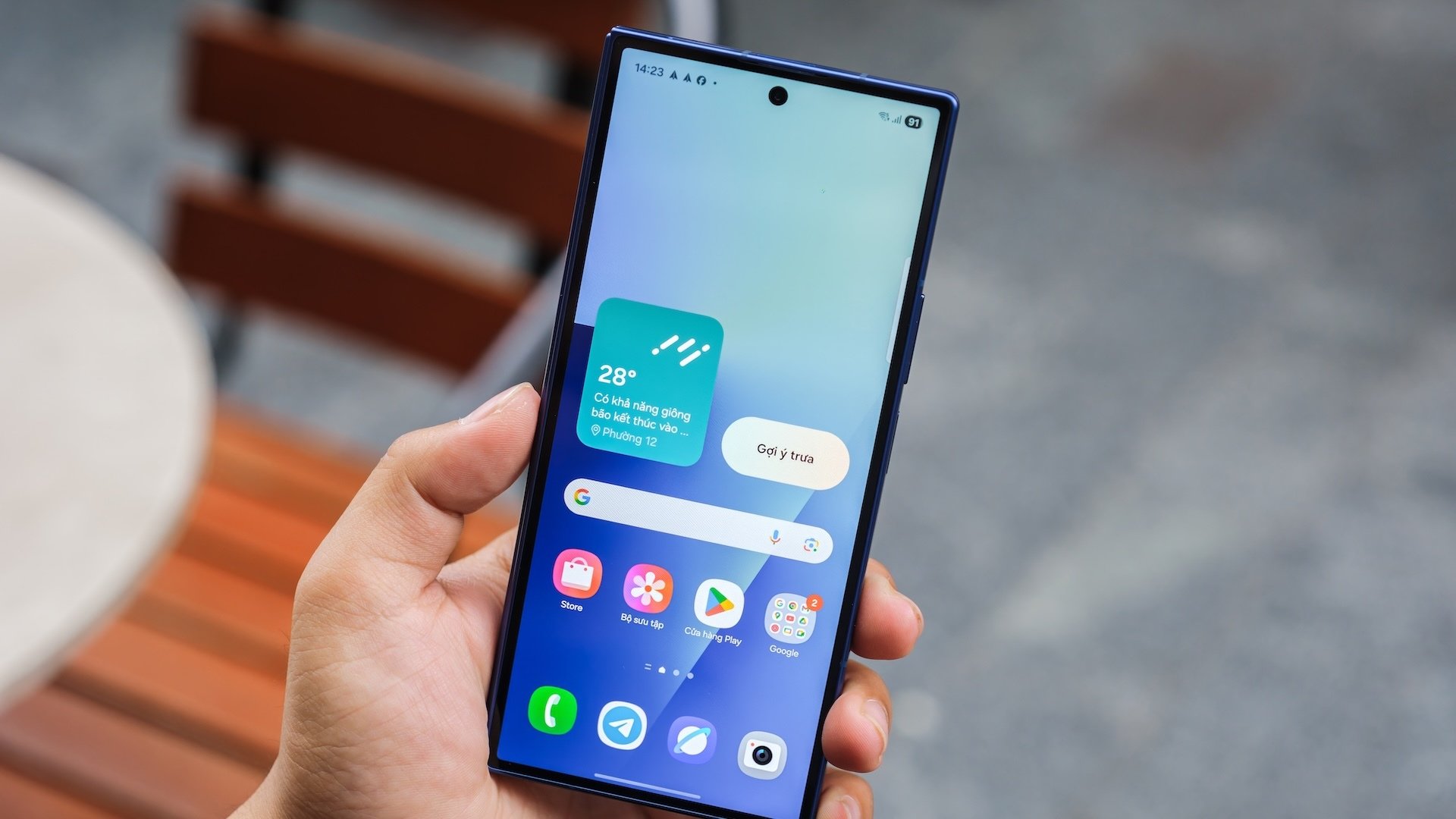There are inevitably going to be times when you can’t hold your phone in two hands: Maybe you’re carrying groceries, hanging on tightly to a subway carriage rail, or walking the dog. That means just one spare hand for your smartphone, and that can lead to a certain amount of awkwardness—especially as these devices keep getting bigger.
However, just like iOS, Android has some built-in features to make operating a phone one-handed more straightforward. It doesn’t have to be a struggle, and when you’ve got both hands free again, you can easily switch back to the normal way of working.
The one-handed keyboard
Credit: Lifehacker
No matter what Android phone you have, if you have the Gboard keyboard developed by Google in place, you’re able to quickly switch to a special layout designed to be easier if you only have one thumb free rather than two.
Open up the keyboard in any app, then tap the four squares in the top left corner of the keyboard overlay, and choose One-handed on the next screen. You’ll see the keys all shift to one side of the display, making them easier to hit—if the keys are on the left and you need them on the right, or vice versa, just tap the small arrow button to the side.
Tap the resize button (the square in the bottom left or bottom right corner), and you can actually tweak the size and position of the keyboard even further. To go back to normal, tap the expand button (four outward-pointing arrows), which is in the top left or top right part of the keyboard, depending on which side you’ve got it pinned to.
If you’re using the Samsung keyboard that’s the default on Galaxy devices, the feature is largely similar: You need to tap the three dots in the top right corner of the keyboard to find the One-handed shortcut, and you don’t get the option to resize the keyboard yourself, but otherwise it’s more or less the same.
Shifting Chrome’s address bar
Credit: Lifehacker
There are of course plenty of excellent browsers for Android besides Google Chrome, but if you are sticking with the default option, getting your fingers and thumbs up to the address bar at the top of the browser interface can be a challenge. Thankfully, Chrome for Android now lets you switch the address bar to the bottom for easier one-handed use.
Here’s how it’s done: Just long-press on the address bar at the top of Chrome, then choose Move address bar to the bottom. As you might expect, you can do the same action to move it back to the top again. You can also configure this by tapping the three dots in any browser tab (top right), then choosing Settings and Address bar.
Enabling one-handed mode
Credit: Lifehacker
Besides the tricks mentioned above, there is actually a dedicated one-handed mode available for both Pixel and Galaxy devices. The main job of this mode is to give you a shortcut for dragging down the entire display, putting the top half within reach of the hand you’re holding your phone in.
If you’re on a Pixel, open up Settings then choose System > Gestures > One-handed mode: You can choose whether the shortcut brings down the whole of the screen interface, or just the notifications. The actual shortcut is a swipe down on the gesture bar at the bottom of the screen, though it can be difficult to get right. Swipe up again or tap the blank area at the top to leave one-handed mode.
For those of you on Galaxy phones, you have to load up Settings and then select Advanced features > One-handed mode. Again, you need to do a short swipe down on the bottom gesture bar to shrink the display, which you can then control with the arrow at the side and the handle at the top. Tap outside the shrunken screen or swipe down on the gesture bar again to go back to normal.
A couple of final tips: When it comes to your home screens on Android, you can also make sure that your most-used shortcuts are down near the bottom of the screen, rather than at the top. It’s also worth remembering that you can usually press the volume button on Android phones to work the shutter in the default camera app, rather than having to press the button on screen, which is easier to do with one hand.
